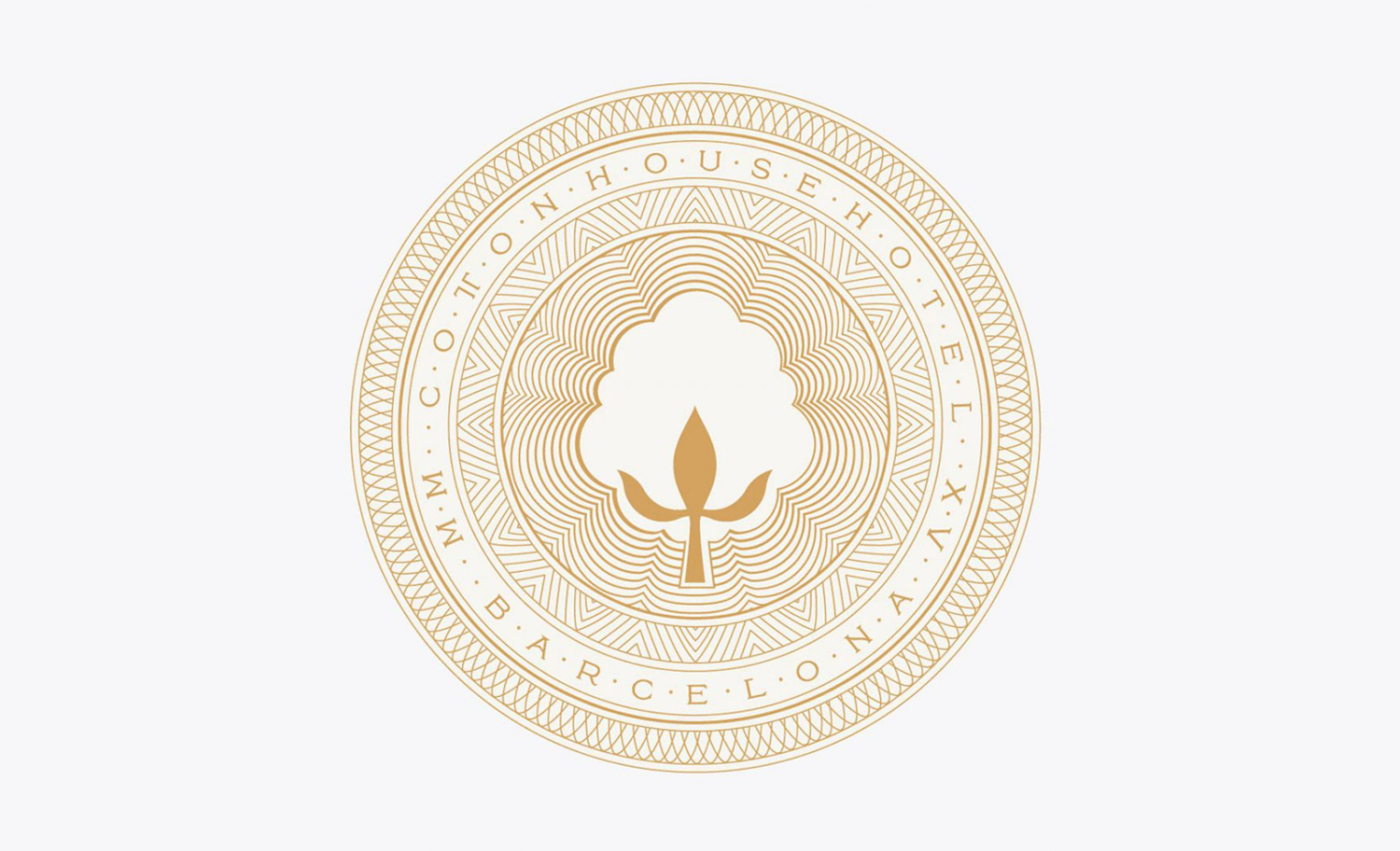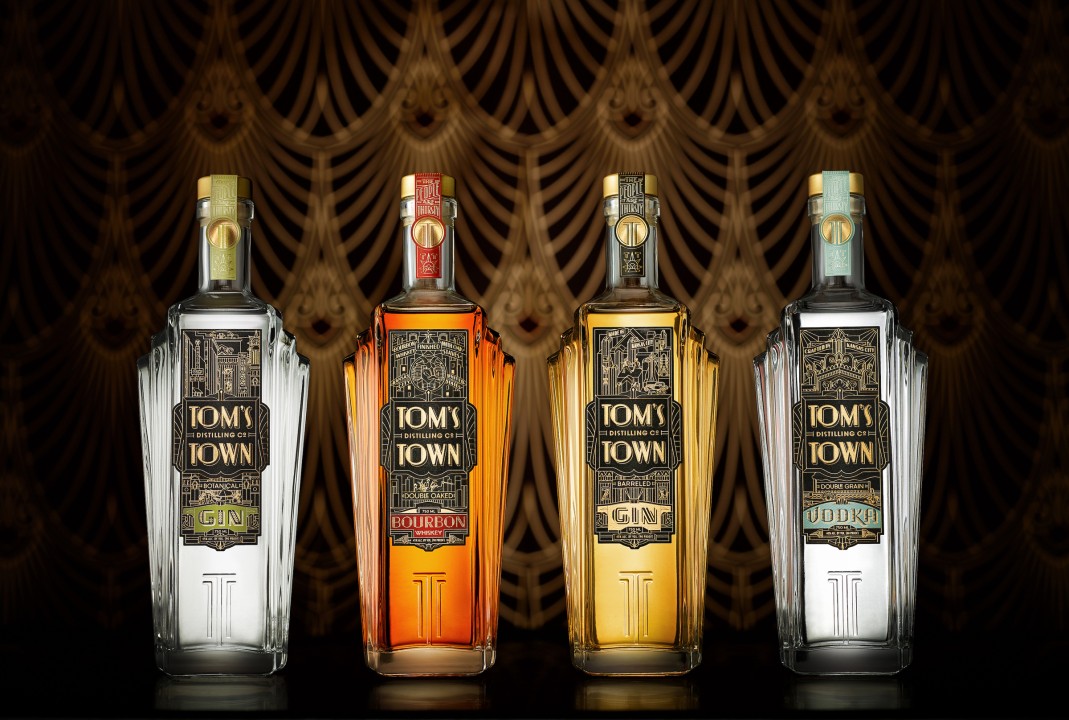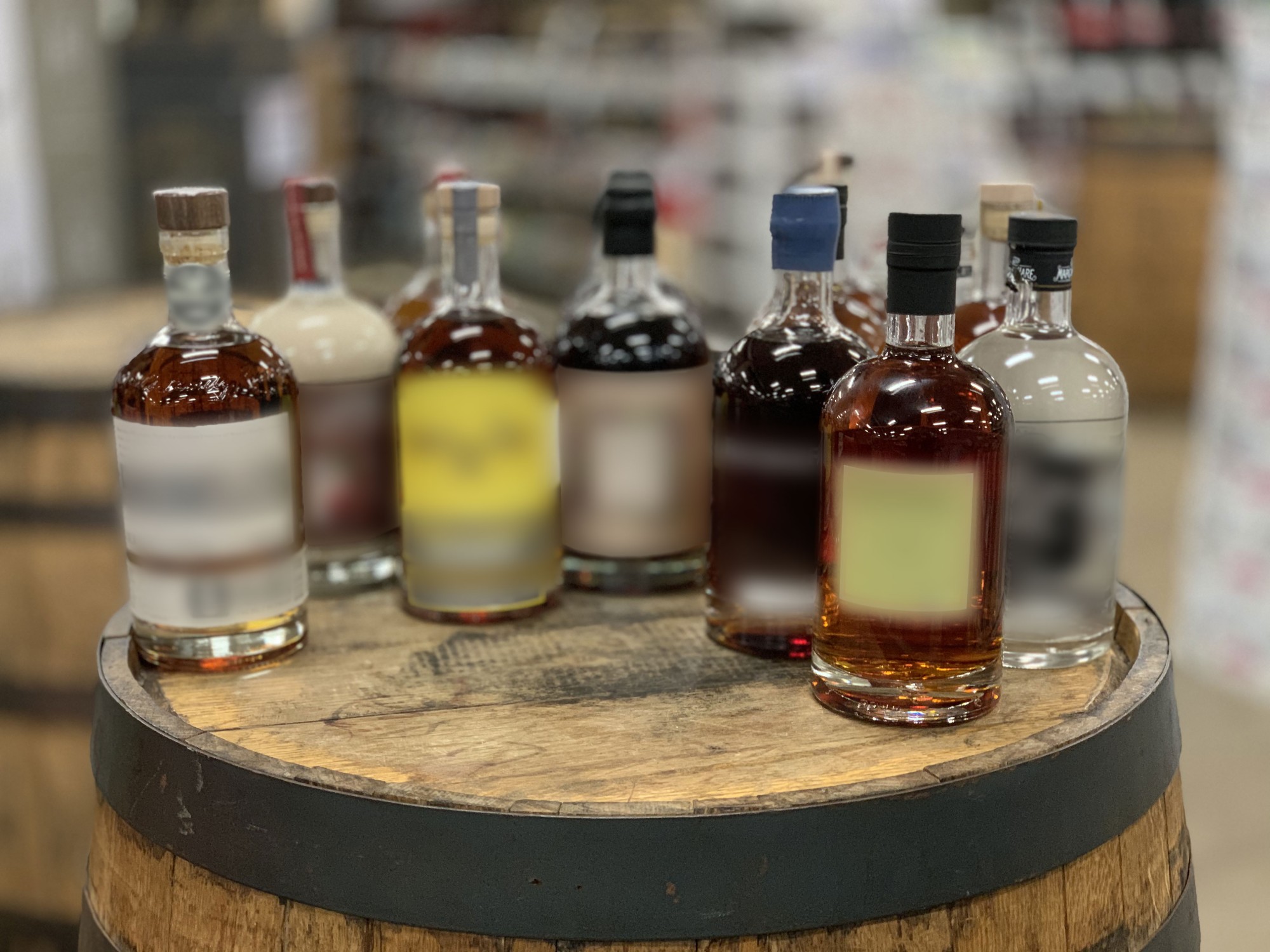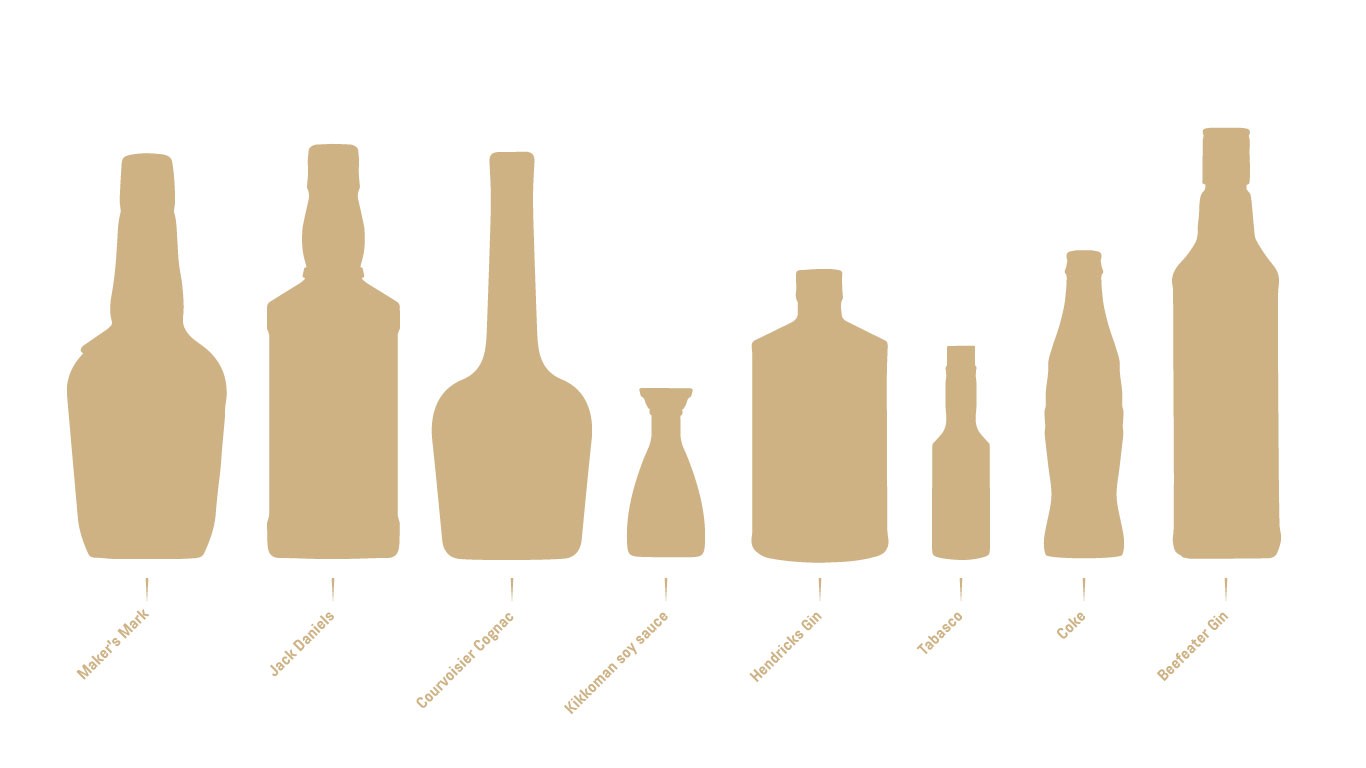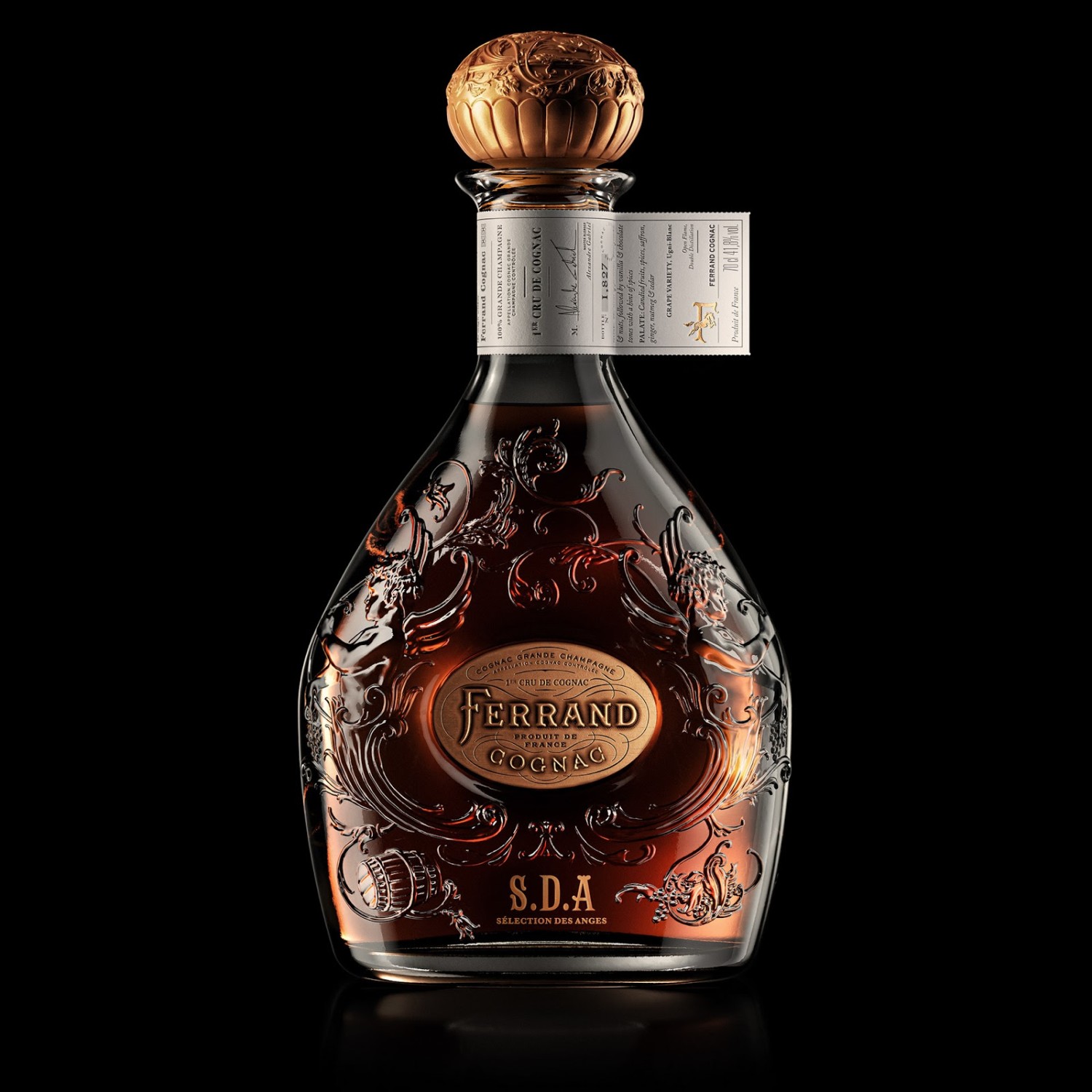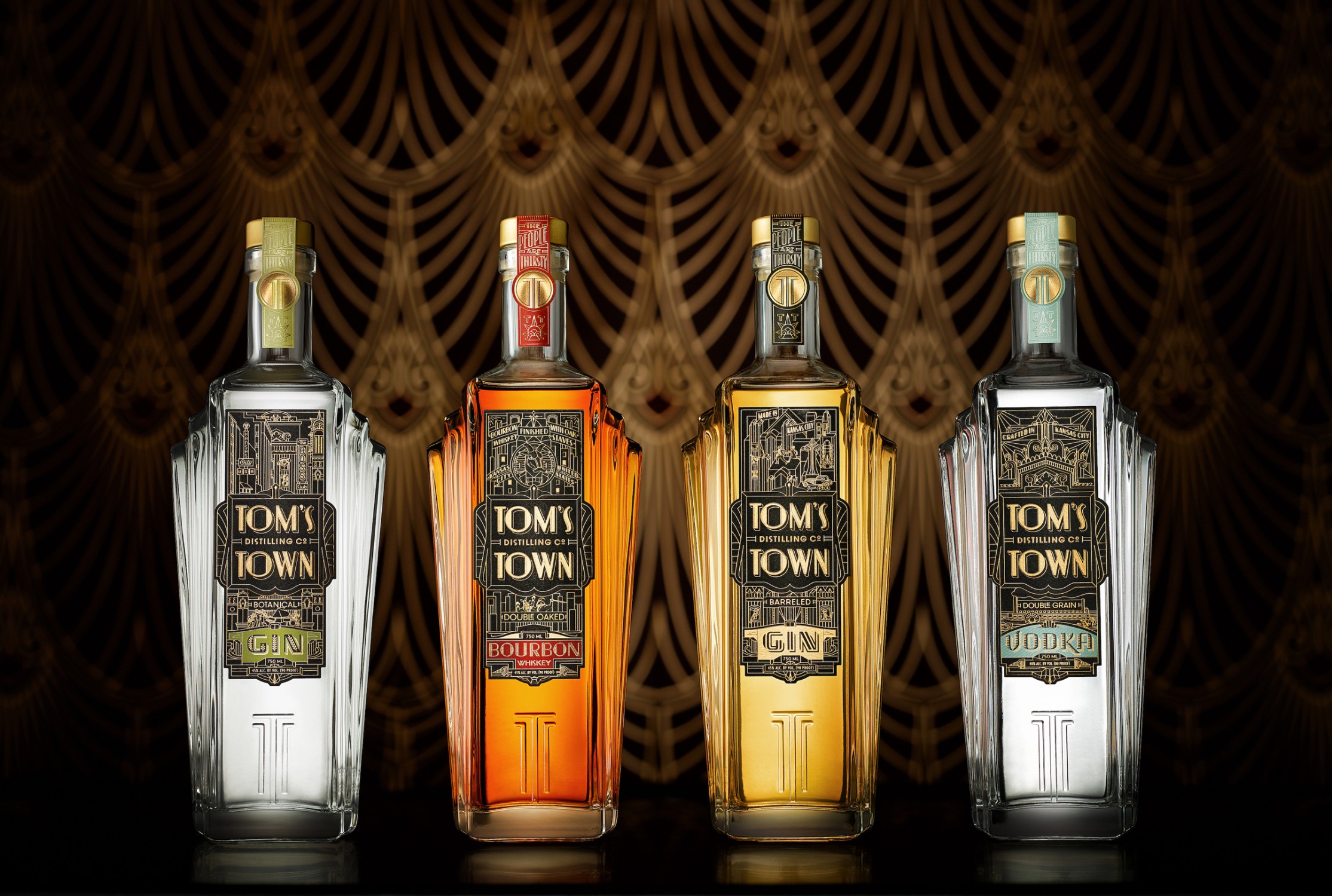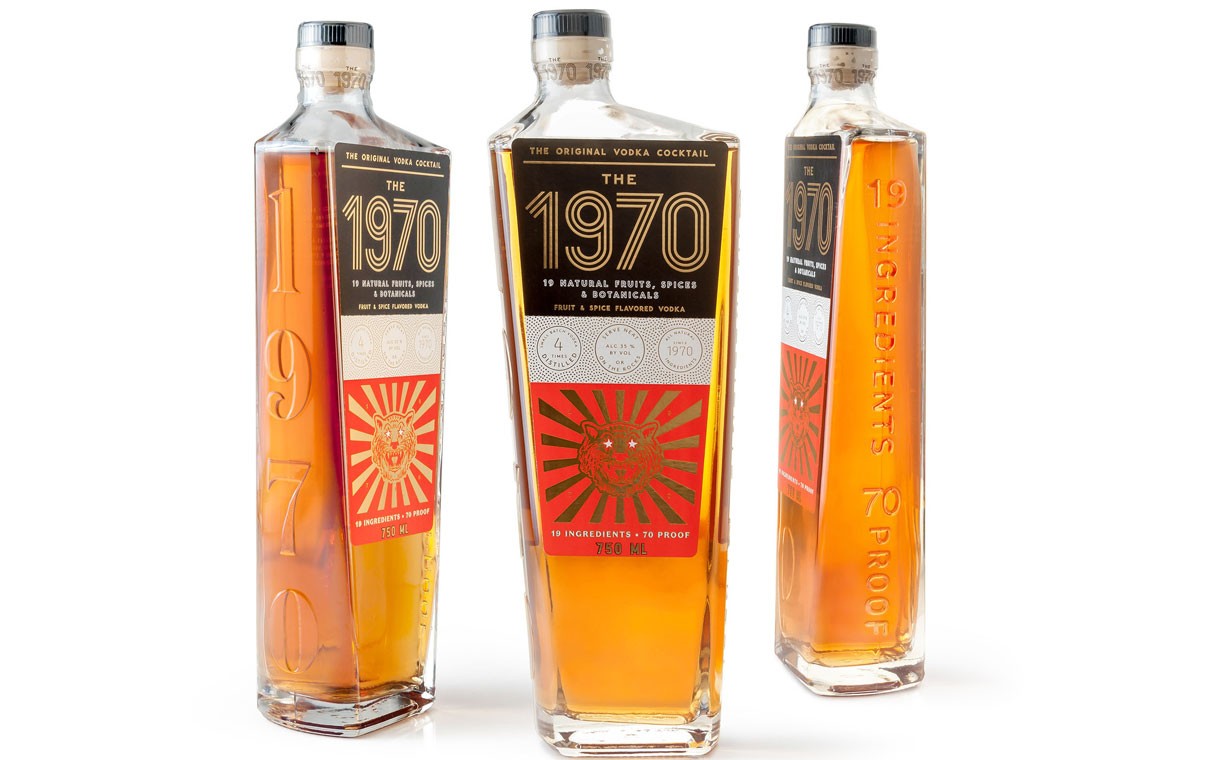These boutique hotels use brand design to elevate their guest experience and drive bookings.
We’re talking about logos, graphic design, and visual brand systems! The mark. When asked about “Best Hotel Design”, interior design and architecture take the headlines understandably because a hotel “brand” is the totality of experience. But the bow of the ship plowing the waters of differentiation in the minds of guests is…a visual identity driven by a powerful narrative. A compelling hospitality concept symbolized by a beautiful brand identity unites architecture and interior design in a seamless holistic experience across the guest journey. These hotels are brand driven and use it to their advantage!
How did we choose the best visual identities?
- The brand identity design is evocative & fresh
- A fluid visual system (not just a logo but a graphical brand world expresses the brand)
- The brand design is rooted in a narrative concept that speaks to the soul as well as the eye.
1) La Fantaisie
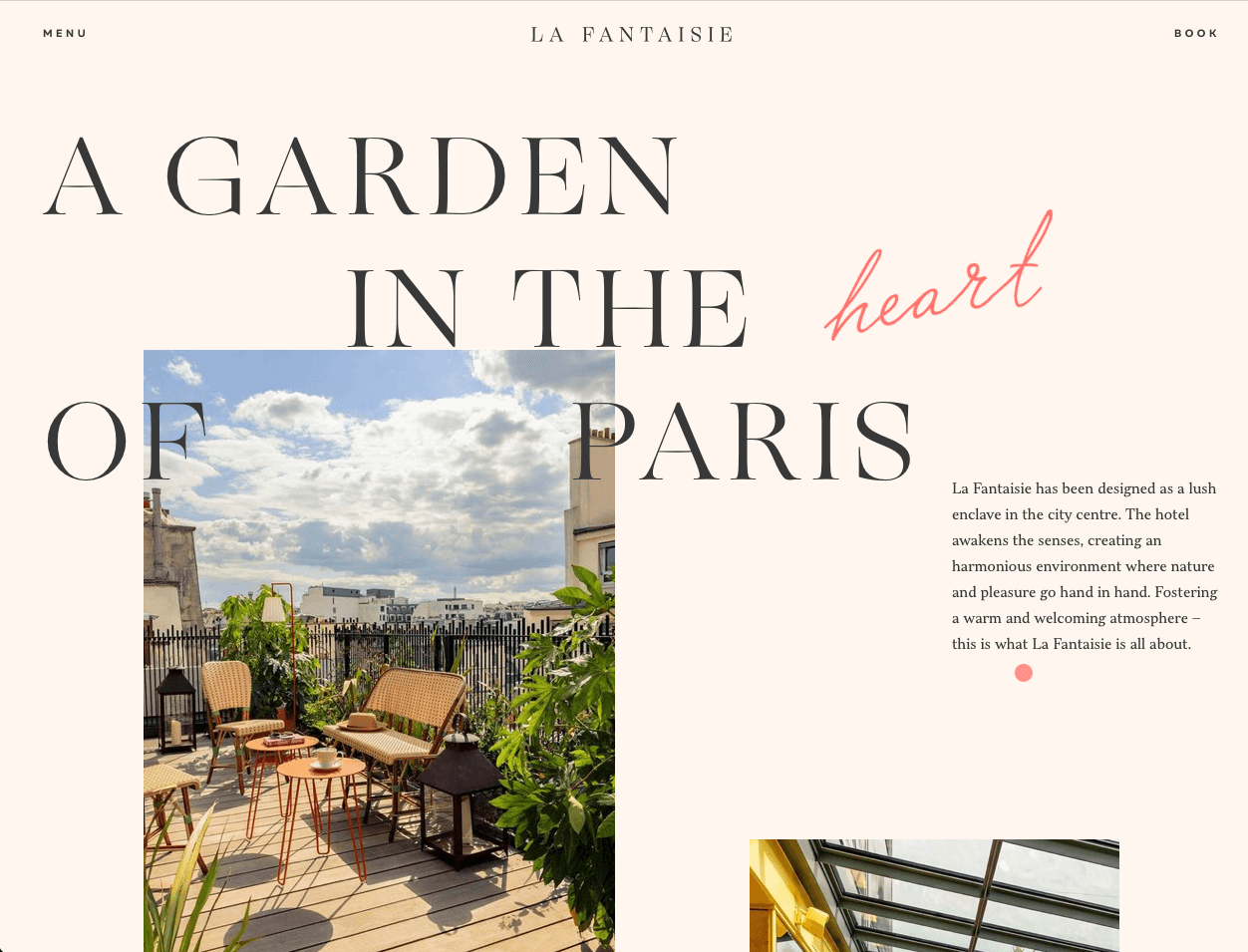
Paris, city of lights and hidden treasures. La Fantaisie makes it easy to imagine stumbling upon your own private garden oasis in the heart of Paris. From concept to articulation, this branding is delightful and discoverable as the layers of the identity reveal themselves in the digital and property experience.
Location: Paris
Design: PETITDIDIERPRIOUX (Architect), MBDS (interior design)
Visit website
2) Chateau Grande Hotel
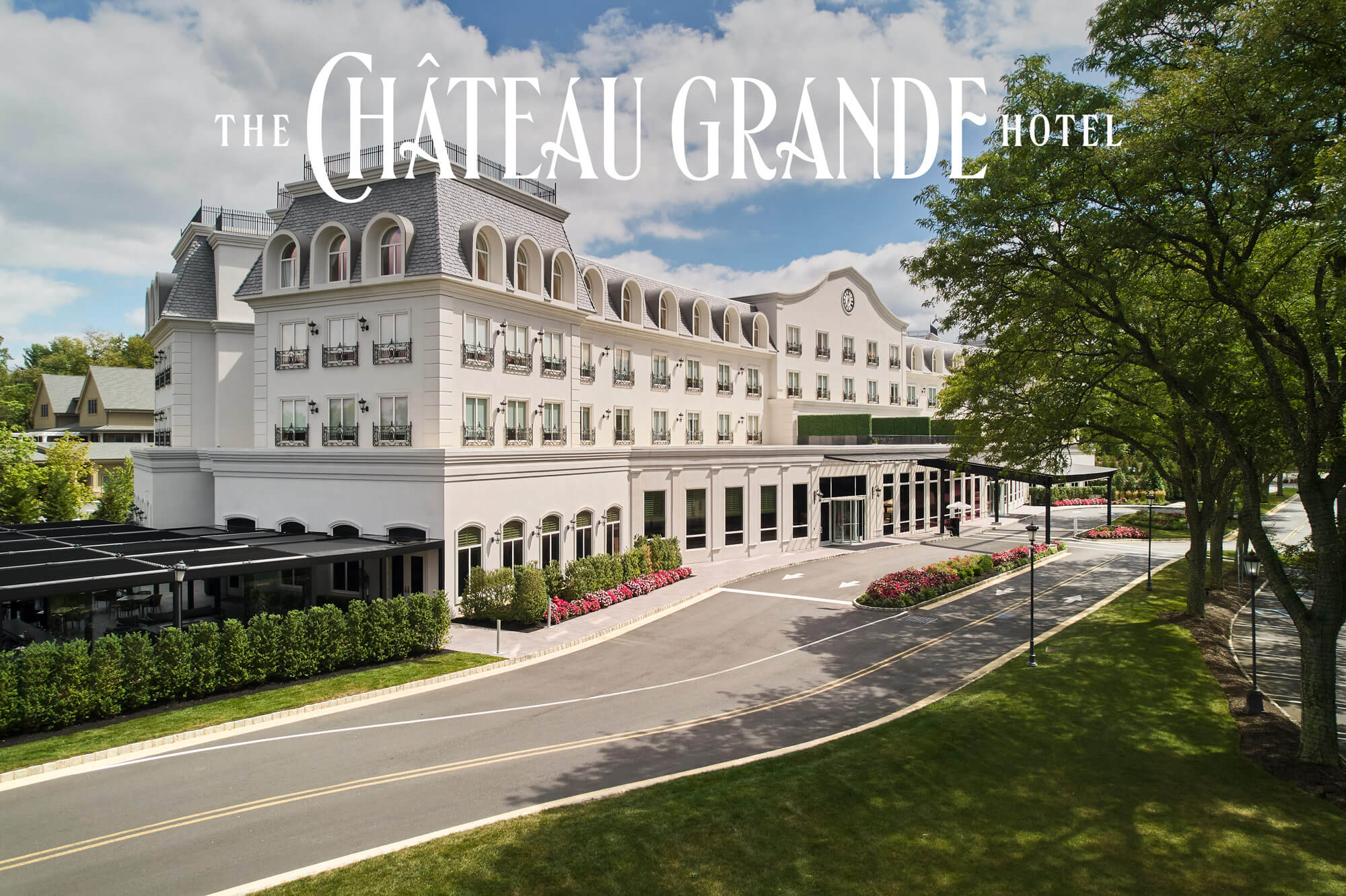
“A visit will brighten your day, a night will change your life.” Chateau Grande Hotel is a place where we enter one way and leave changed—no hyperbole as the chateau is a dynamic wedding and business confab destination just south of New York City. The custom typography is the structural system for the brand as enlarged letter forms become abstract symbols for movement and transformation.
Location: East Brunswick, NJ
Design: Satellite Agency
Visit website
3) Santa Mauro
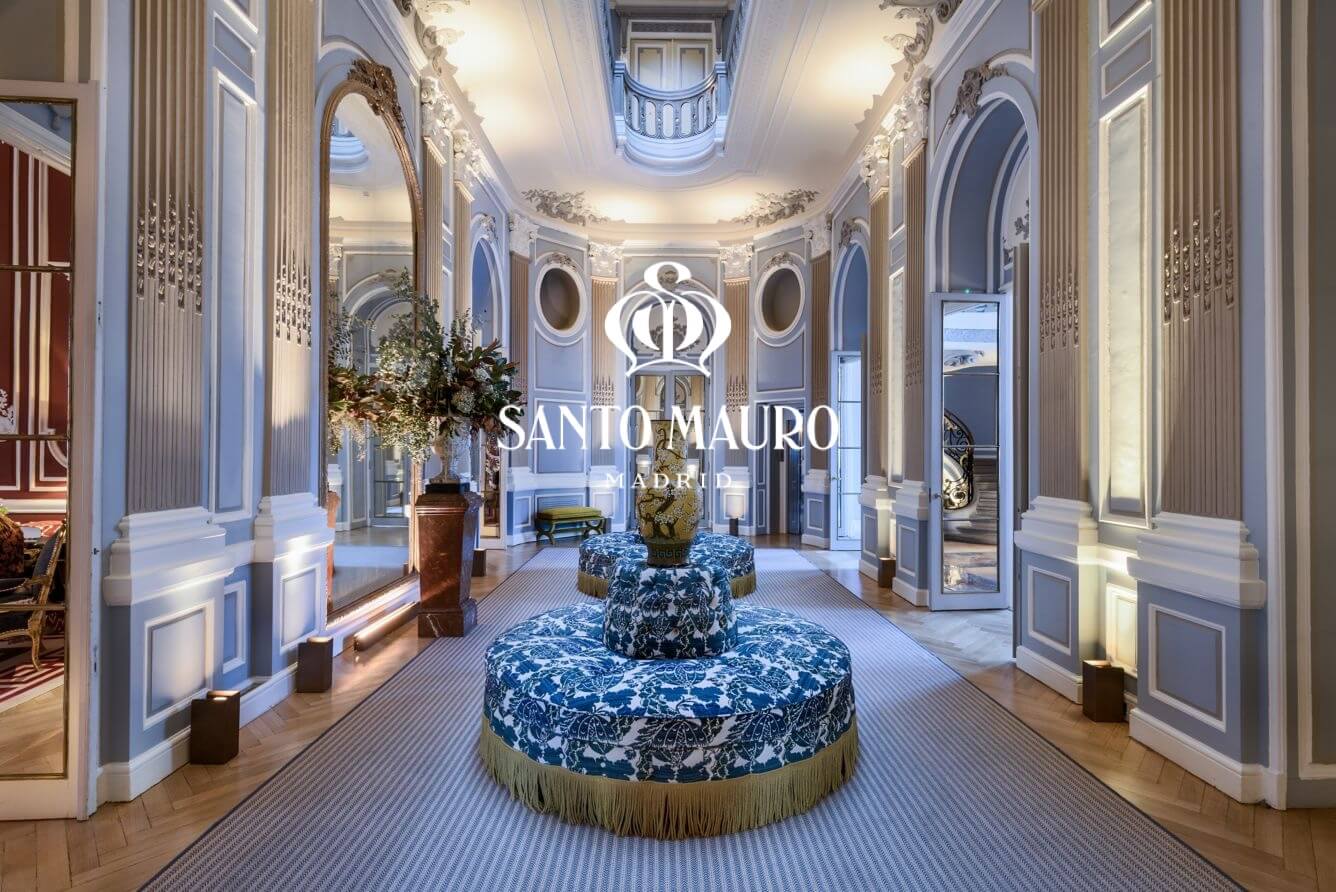
This European luxury hotel breaks down the title barrier. “The new breed of aristocrat isn’t defined by blood, but by spirit.” Democratizing access resonates even in the lap of old-world refinement. We love the lean serif typography paired with maximal riotous interiors.
Location: Luxury Collection, Madrid, ES
Design: NoHo Communications
Visit website
4) Café Royal
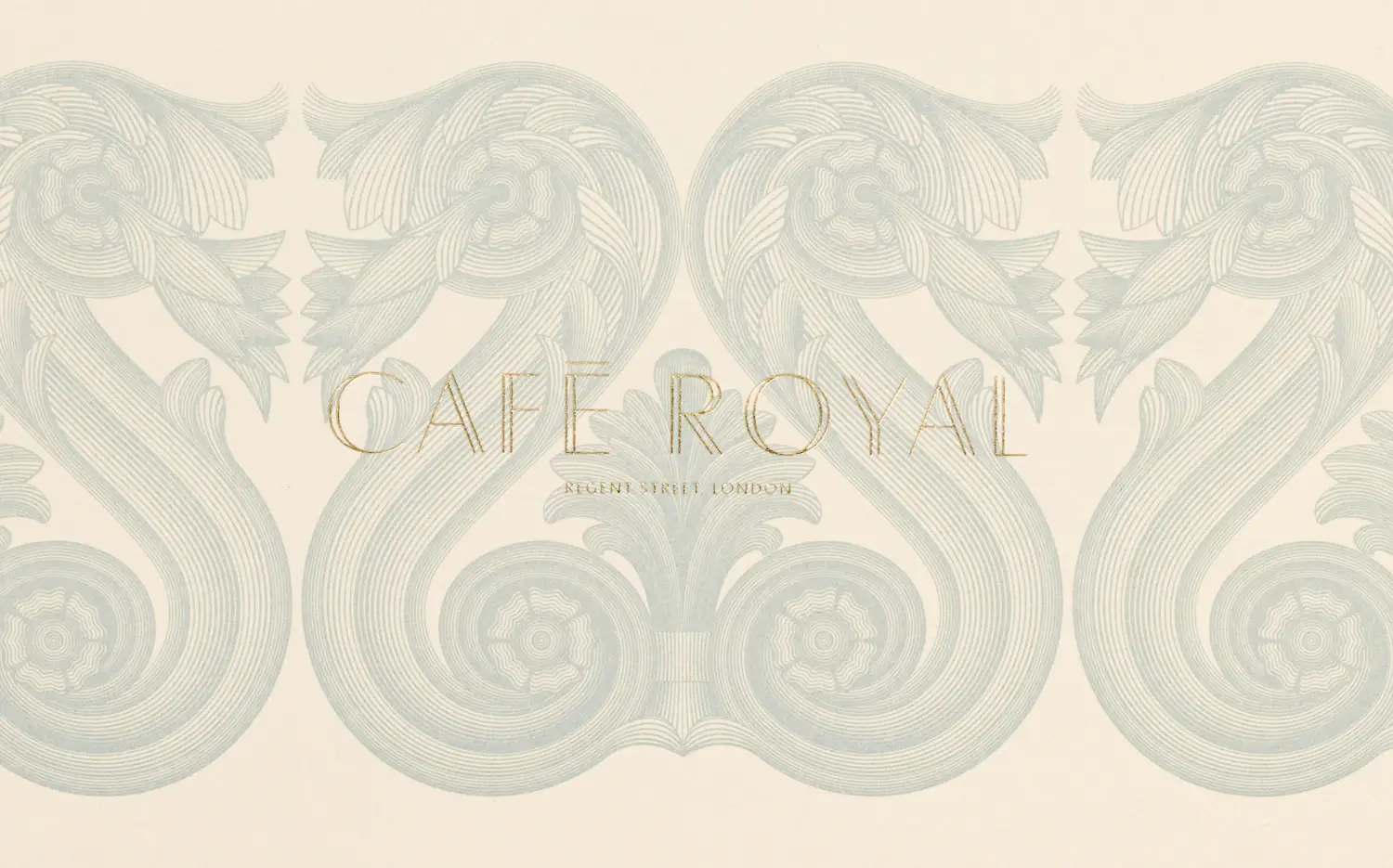
Grandeur and minimalism collide, engage, resolve in this David Chipperfield architected property. The modernist precision of the classic architectural features combine deliciously with the timeless identity typography. Historically and avant- garde meeting place the tight, restrained interiors of Café Royal invigorate through juxtaposition.
Location: London, UK
Design: Pentagram (branding), David Chipperfield (architecture)
Visit website
5) Villa Beluno
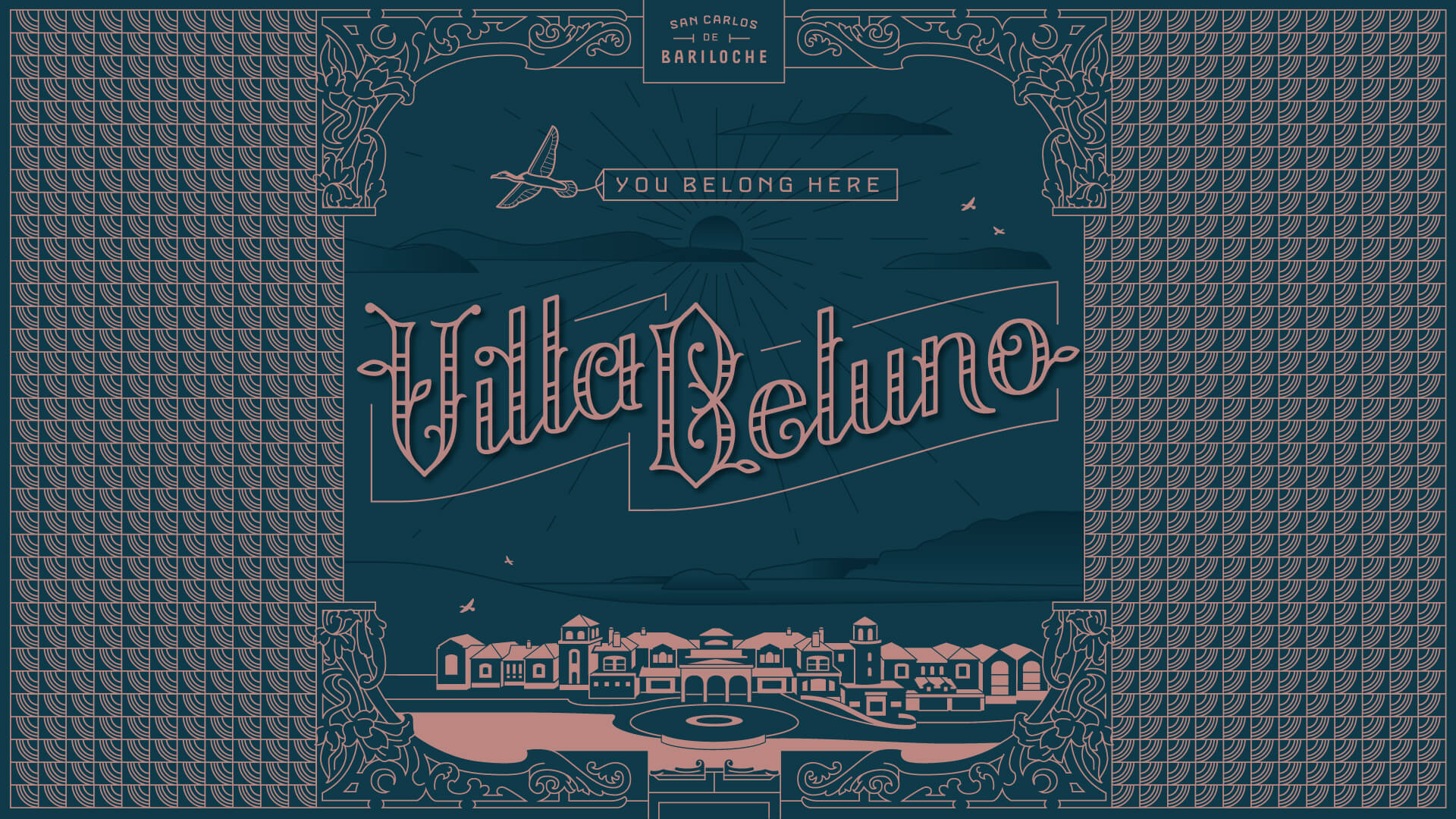
Perched on the Nahuel Huapi Lake in Bariloche, Argentina, Villa Beluno exists on plane somewhere between the blunt physical world and the delicate memories made under the breathless firmament of Patagonian skies. This brand system is gorgeous in capturing the brand ethos and evolving delightfully across the guest journey, reminding us that “we don’t come to Villa Beluno to forget, we come to remember.”
Location: Bariloche, AG
Design: Satellite Agency
Visit website
6) The Hermitage Hotel
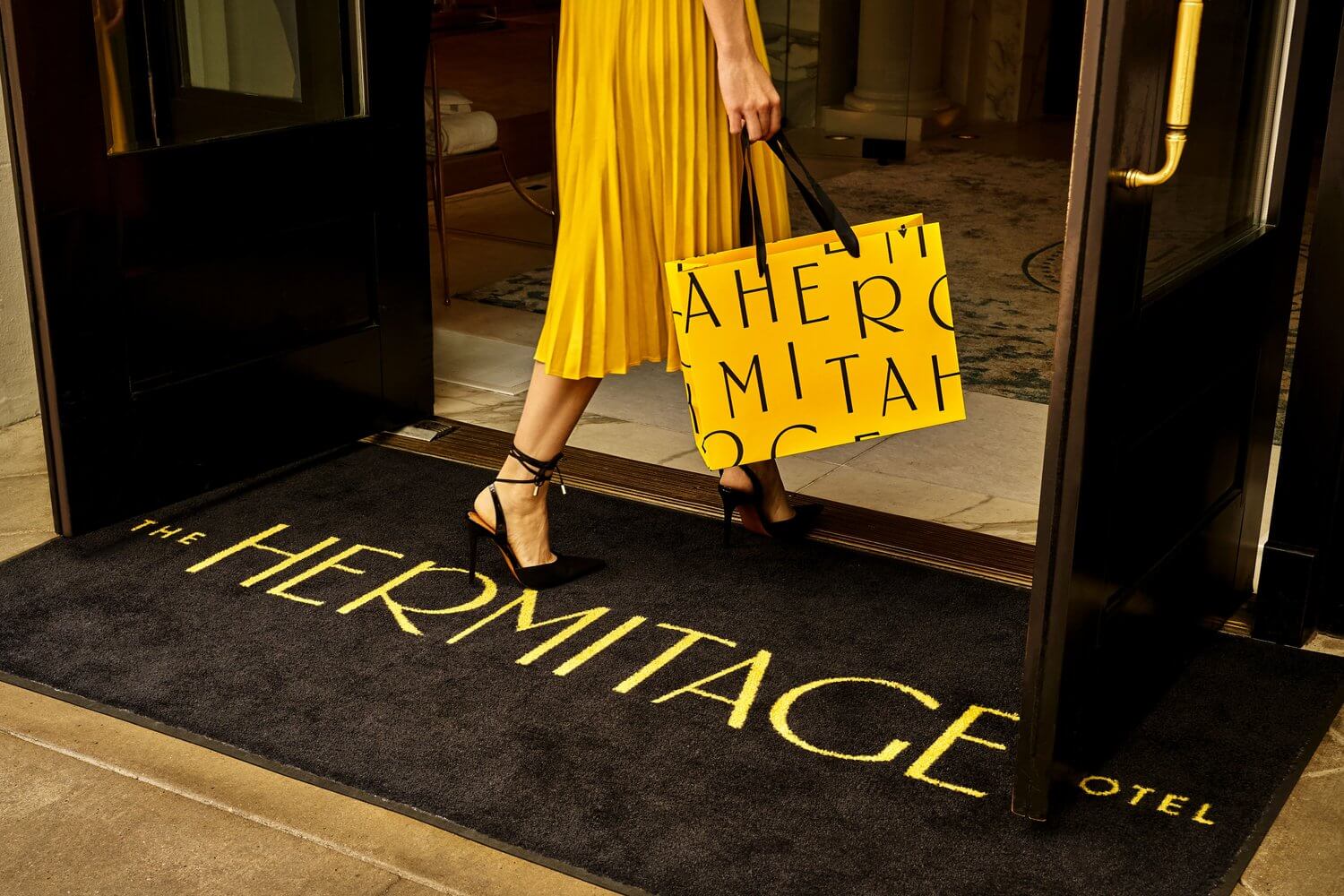
The Hermitage, renowned as Nashville’s “first million dollar hotel” when founded in 1910, dazzles with a rebrand by Mucca. This “hermitage” is any but. Situated front and center in the energetic Nashville art district, The Hermitage is a bold reclamation of a new southern hospitality—one taking its inspiration from Suffragette supporters who famously organized out of the hotel sporting yellow roses of camaraderie. The historic typeface gets a modern update inspired by the hotel’s Beaux Arts interiors.
Location: Nashville, TN
Design: Mucca
Visit website
7) The Goodland
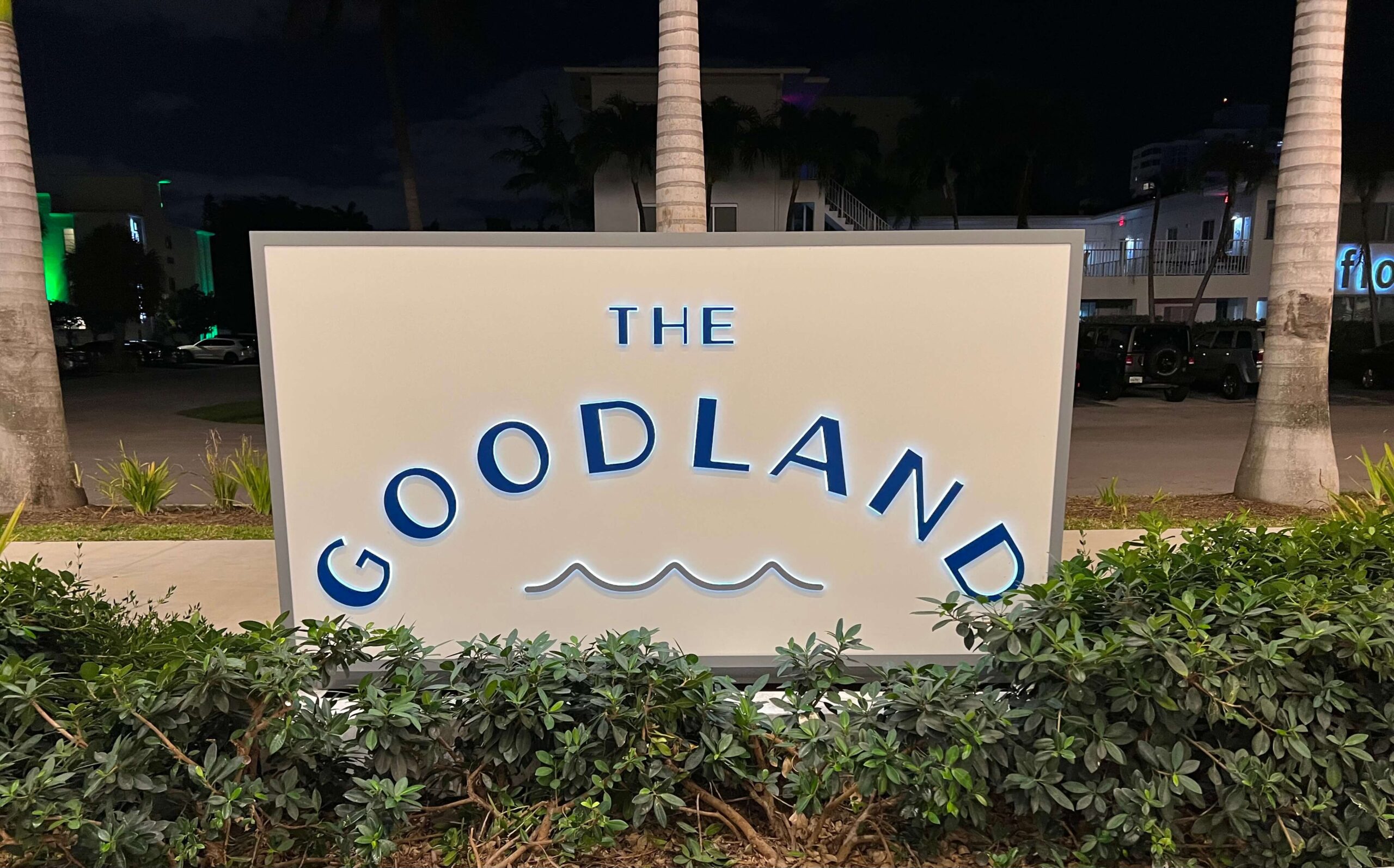
Working with the properties mid-century modern architecture, the Goodland brand by Kimpton resonates with accessibility, beach and casual adventure vibes. The oval-esque type and iconic water symbology don’t pander but invite guests to enter into the relaxed world of Goodland.
Location: Ft. Lauderdale, FL
Design: Kimpton
Visit website
8) Hotel Circulo Gran Via
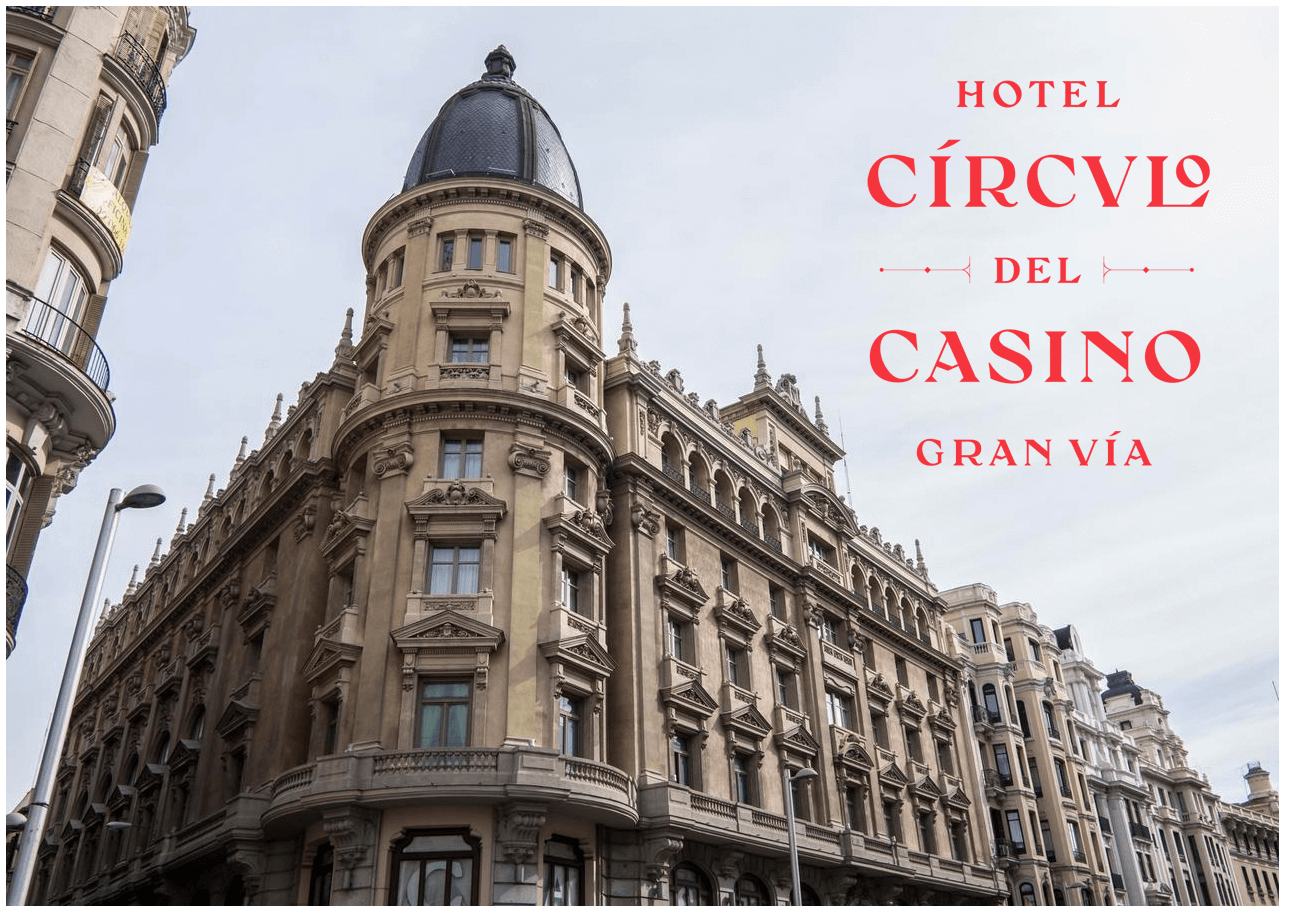
Inspired by the property’s casino heritage and neoclassical architecture, Creative Director, Kevin Cantrell, created a comprehensive hotel branding system with bold, pattern geometries inspired by the casino. Infuse the opulence of gold foil intertwining with hand crafted typography and this casino hotel is grand parlay worth the bet.
Location: Madrid, ES
Design: NoHo Communication, Kevin Cantrell, Miguel Cano Graff
Visit website
9) The Sable
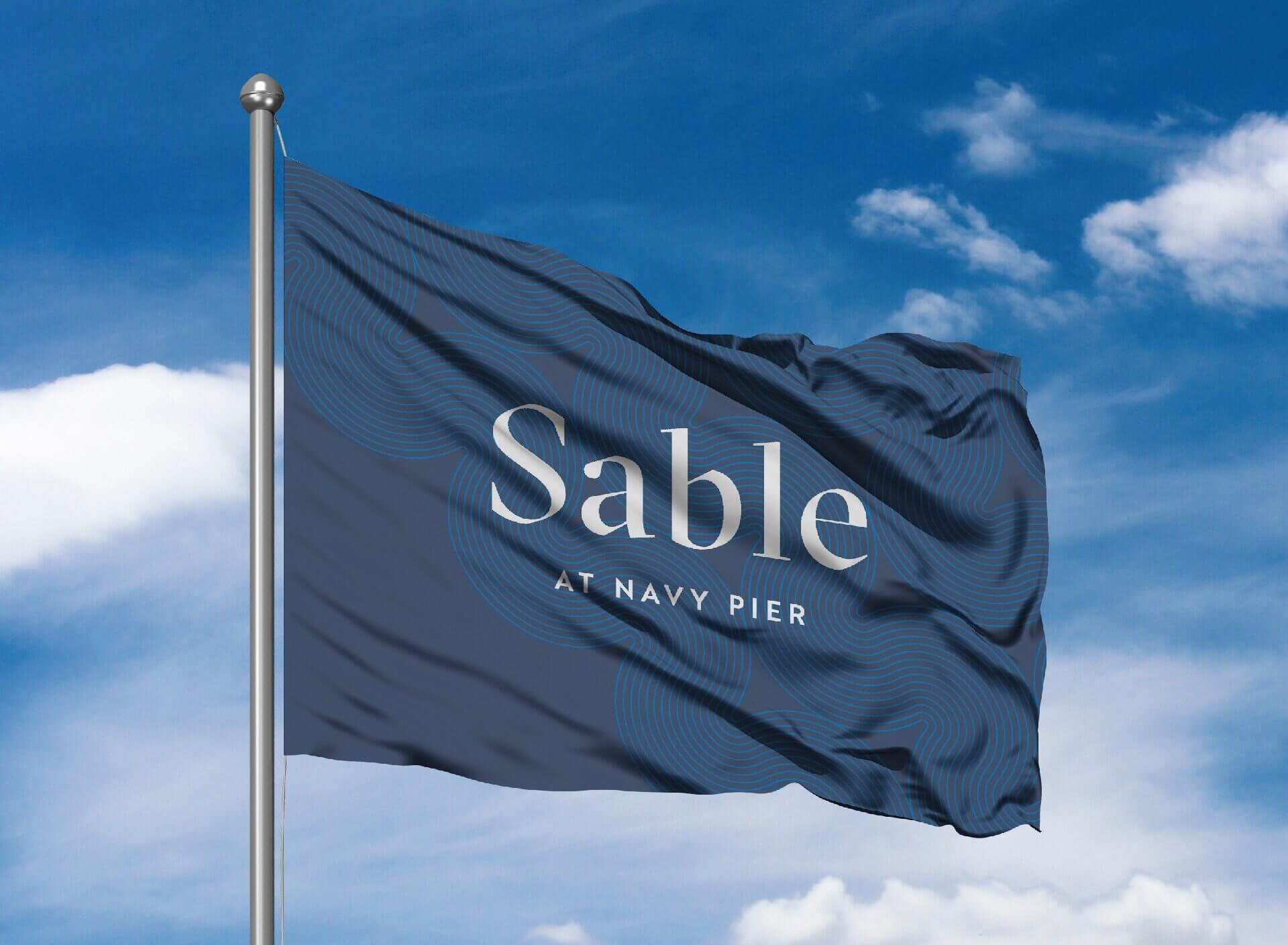
This Hilton Curio Collection is fast becoming an icon property in the heart of Chicago’s Navy Pier. Pulling their concept from the hotel’s namesake—the aircraft carrier Sable that was once docked here—the Sable is a place for new take-offs and landings. A sophisticated nautical theme pervades asking: to where your next voyage?
Location: Chicago, IL
Design: The Getty’s Group
Visit website
10) Cottonhouse Hotel
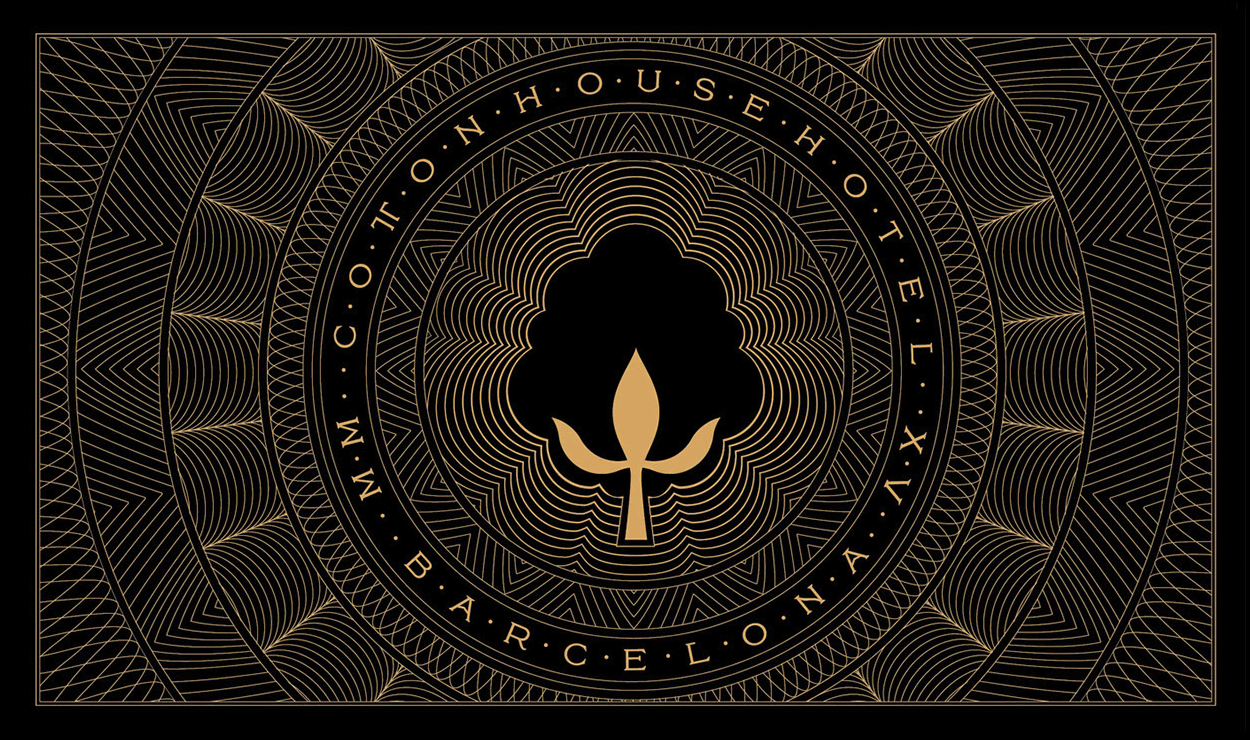
The Cottonhouse is the crown jewel of the Marriott Autograph Collection. Situated in an historic cotton ginny reborn as luxe base-camp for exploring Barcelona, The Cottonhouse reimagines threads as opulent guilloche patterns gilding your cosmopolitan experience. The identity system is expertly adapted across the website, interior design, personalized products, wayfinding and hotel communications. The Cottonhouse branding weaves past and present beautifully.
Location: Autograph Collection, Barcelona, ES
Design: NoHo Communication, Kevin Cantrell, Miguel Cano Graff
Visit website
Did we get it right? Who do you believe has incredible hotel identity design?


